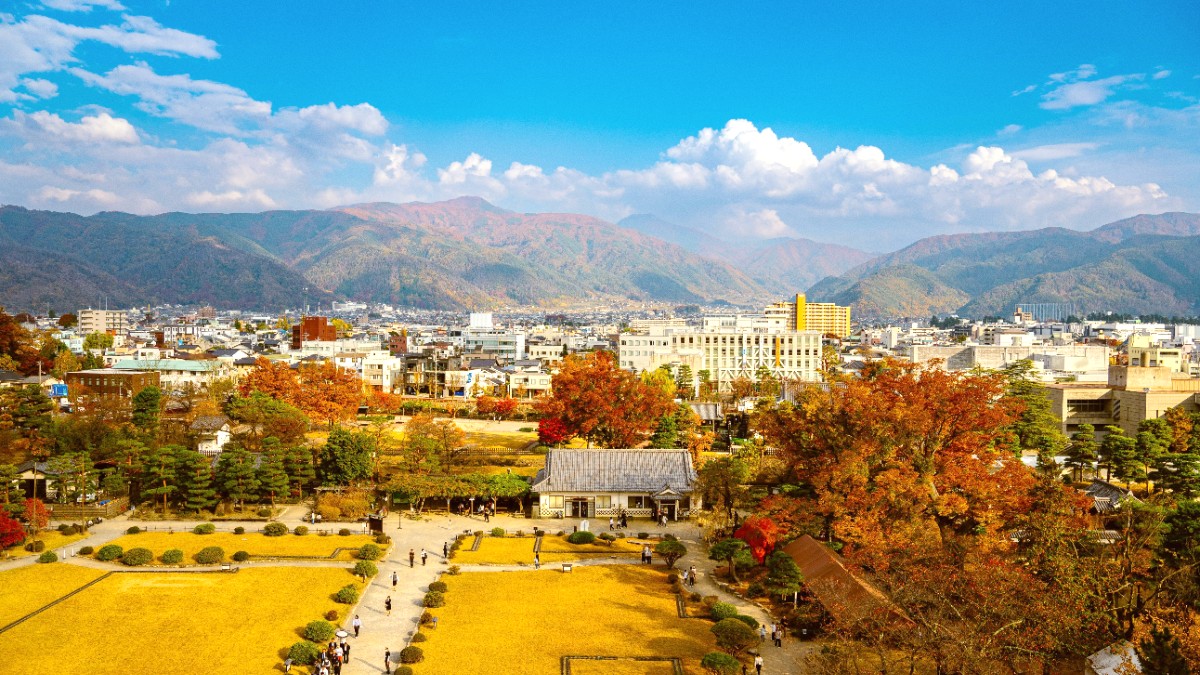
South Of Tokyo, Japan
Travelers discover savings with clever planning.
Maximize your sightseeing time in Kamakura.
A smooth trip includes understanding local norms.
Tailoring your visit for specific traveler needs.
Thoughtful preparation for diverse traveler needs creates a smoother journey for everyone in your group, or for yourself if traveling solo.
These online and print tools prove beneficial for trip planning and during your visit.
Access essential apps and online resources for seamless travel.
Traditional resources offer valuable insights and practical guidance.
Important contacts and procedures for emergencies.
Consider a VPN like NordVPN for secure internet access while traveling.
Underestimating walking distances is a common misstep; wear comfortable shoes.
Remove shoes indoors and maintain quiet on public transport.
Using a few basic Japanese phrases shows respect and opens doors.
Many smaller shops, local eateries, and temple entry points mainly accept cash. Carry sufficient Japanese Yen.